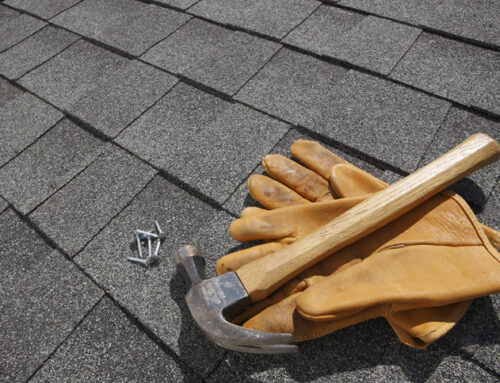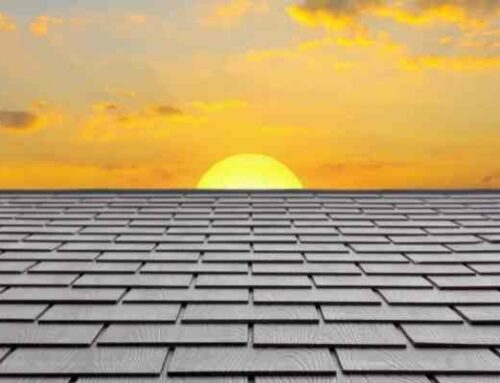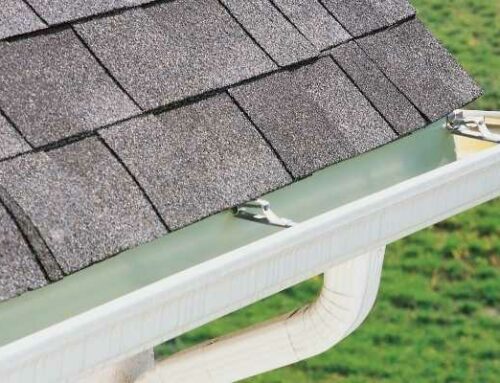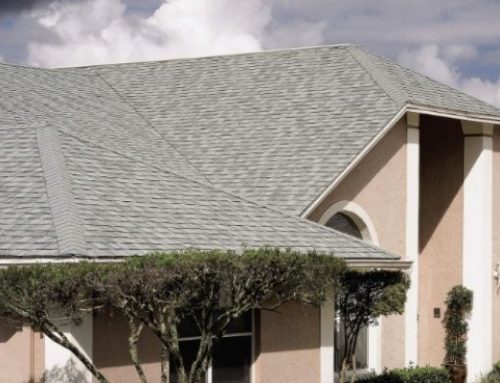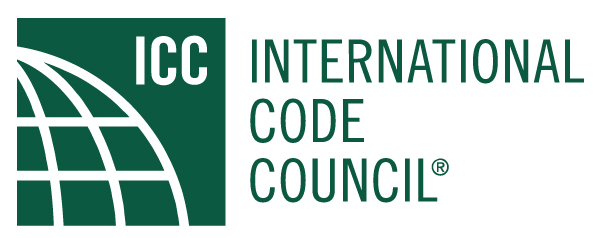Hurricanes, Extreme Weather Impacts Your Roof – Be on the Lookout for Damage
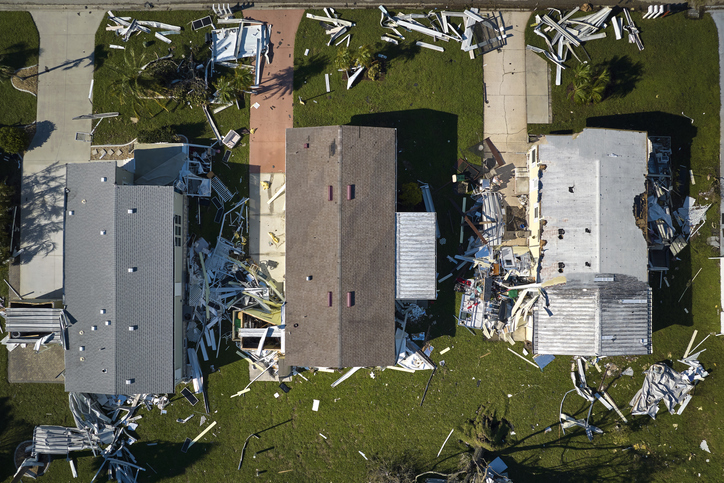
In the Greater Raleigh area, the outer bands of hurricanes do reach us but because we’re so far inland they generally only reach tropical storm level at worst. Simply stated, this means high winds and heavy rain – but the storm won’t blow your roof off.
However, high winds and rain generated by hurricanes and heavy storms can significantly impact your roof even if the damage isn’t always visible. At Cavalry Roof, we’ve seen even relatively minor storms create roof and structural damage to homes and businesses. Here are the chief things to be on the lookout for after bad weather events.
Structural Damage: Missing shingles or damage to your gutters is easy to spot after a storm. But not all damage caused by strong winds is clearly visible because gusty winds can cause structural damage beneath the surface of your roof. If you notice items such as lawn furniture or vegetation were moved by the wind, it can mean the storm was powerful enough to impact the roof structure.
High Winds Trigger Leaks: High, gusting winds cause heavy rain to hit your house at angles that will push it through areas that are usually watertight. Because of this, it’s important to be vigilant for leaks in ceilings and walls. For example, if a section of your roof has flashing to prevent rainwater from getting into the house it may work perfectly in an average rainstorm. But hurricanes bring a combination of high winds and several hours of precipitation. This means that what may have been secure flashing now has a small leak that’s going to accumulate water in the house. Keep in mind that even without wind conditions, long periods of rainfall increase the chance of water-related damage.
Hailstorm Damage: When the weather gets extreme, fluctuating temperatures can create hailstorms that can damage everything from roofs to gutters and even windows. While large hail falling on your home will obviously impact the roof, what might seem like a relatively minor hailstorm still hurts. Even small dents on shingles can lead to granule loss. You’ll see these small pebbles of material in your gutters and sometimes where water comes out of the downspouts. The granules are important for the integrity of your roof and when bad weather degrades them it decreases the overall lifespan of the roof.
Damaged Roof Attachments: When anything attached to your roof gets blown around or away by high winds it creates a vulnerable spot where water can get into your home. Satellite dishes, gutters, basketball backboards and any other roof attachments should be checked after a storm to make sure they’re still secure. If they are missing, then there’s a good chance they have taken some roofing material with them. Look for broken, missing shingles and any damage to the roof area where the attachments were mounted.
Storm damage compiles over time: A series of heavy storms that may not create any leaks in the home or visible damage on the roof can eventually take their toll. A stretch of rainy weather can lead to pooling in parts of the roof and accumulation of moisture. Sustained winds can loosen, degrade, and detach shingles. Gutters and downspouts, drip edges, soffits other roof features also get worn down by bad weather.
Get a Roof Inspection to Identify Any Issues Caused by the Storm
When extreme weather rolls through Colorado’s Front Range region, make sure that your roof has maintained its structural integrity by calling Cavalry Roofing for a thorough roof inspection. Our skilled team can quickly identify and repair any issues ensuring that your home will be well protected when the next storm hits.

